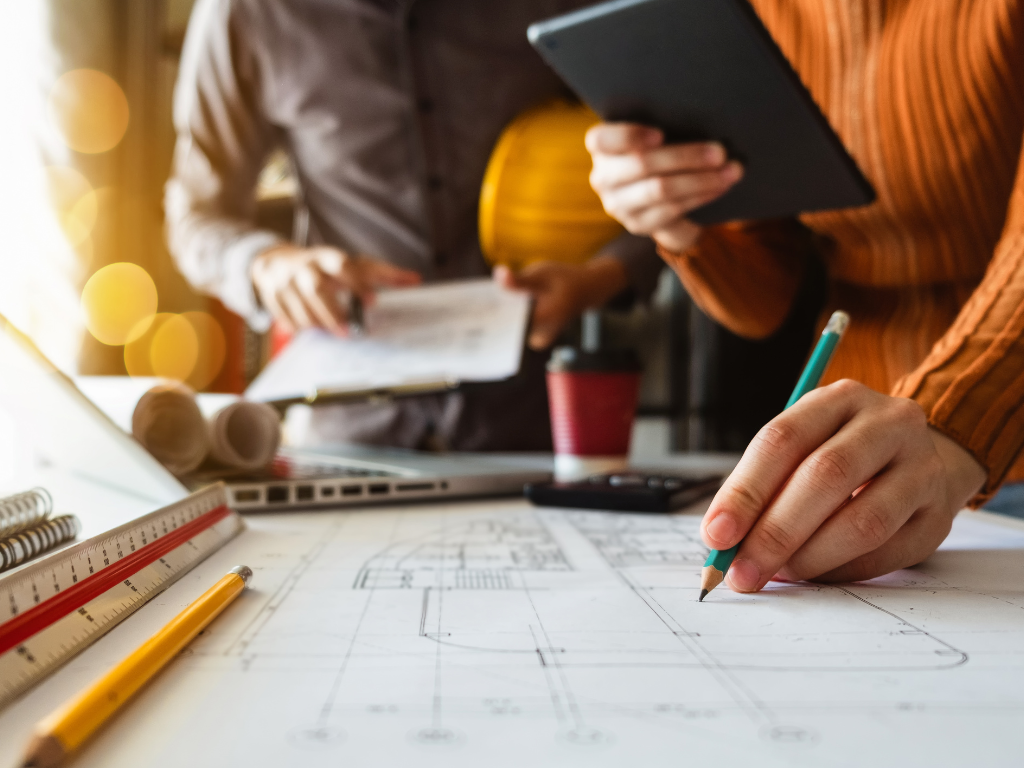
As concerns about climate change and environmental degradation intensify, the construction industry is shifting towards more eco-friendly practices. Sustainable construction is a term that encapsulates this transition, focusing on creating buildings that are environmentally responsible, resource-efficient, and economically viable. This article delves into what sustainable construction entails, its key practices, and how it contributes to a greener future.
What is Sustainable Construction?
Sustainable construction refers to the practice of designing, building, and operating structures in a way that minimizes environmental impact and maximizes efficiency throughout the building's lifecycle. This approach not only aims to reduce resource consumption and waste but also enhances the quality of life for occupants and the surrounding community.For an in-depth overview of sustainable construction practices, visit Autodesk's guide.
Key Practices in Sustainable Construction
- Energy EfficiencyOne of the core principles of sustainable construction is reducing energy consumption. This involves incorporating energy-efficient systems, such as high-performance HVAC units, LED lighting, and advanced insulation materials. Additionally, buildings are designed to maximize natural light and ventilation, reducing reliance on artificial lighting and climate control.Learn more about energy efficiency in construction from VRC Group’s article.
- Sustainable MaterialsThe choice of materials plays a significant role in sustainable construction. Builders opt for materials that are renewable, recycled, or have a minimal environmental footprint. Sustainable materials also include those that are locally sourced, reducing transportation emissions and supporting local economies.Explore Recruiteasy's insights on sustainable materials and their impact on construction.
- Water EfficiencyManaging water use efficiently is crucial for sustainable construction. This includes installing water-saving fixtures, implementing rainwater harvesting systems, and using drought-resistant landscaping. These practices help conserve water and reduce the burden on local water supplies.
- Waste ReductionMinimizing waste is another essential aspect of sustainable construction. This involves planning and managing construction processes to reduce material waste, recycling construction debris, and reusing materials when possible.For additional tips on waste reduction, see BigRentz's blog on building envelopes.
- Indoor Environmental QualitySustainable construction also focuses on creating healthy indoor environments. This includes using low-VOC paints and finishes, improving indoor air quality through effective ventilation, and ensuring natural light and thermal comfort for occupants.Read about the benefits of improving indoor environmental quality in LinkedIn's article on sustainable construction trends.
How Building Radar Supports Sustainable Construction
Incorporating advanced tools can further enhance the effectiveness of sustainable construction practices. Building Radar offers valuable solutions for building product manufacturers and general contractors. By utilizing AI technology, Building Radar helps identify new construction projects early, enabling teams to engage in sustainable practices from the outset.Building Radar's scalable Revenue Engineering Software assists in converting project insights into actionable strategies. This allows teams to prioritize high-impact projects and leverage their first-mover advantage, leading to improved efficiency and sustainability outcomes. For more information on how Building Radar can support your sustainable construction efforts, visit Building Radar’s website.
Conclusion
Sustainable construction represents a significant shift towards more environmentally conscious building practices. By focusing on energy efficiency, sustainable materials, water conservation, waste reduction, and indoor environmental quality, the construction industry can contribute to a greener future. For further exploration of sustainable construction practices, check out Two Trails' blog and Building Radar's blog.



